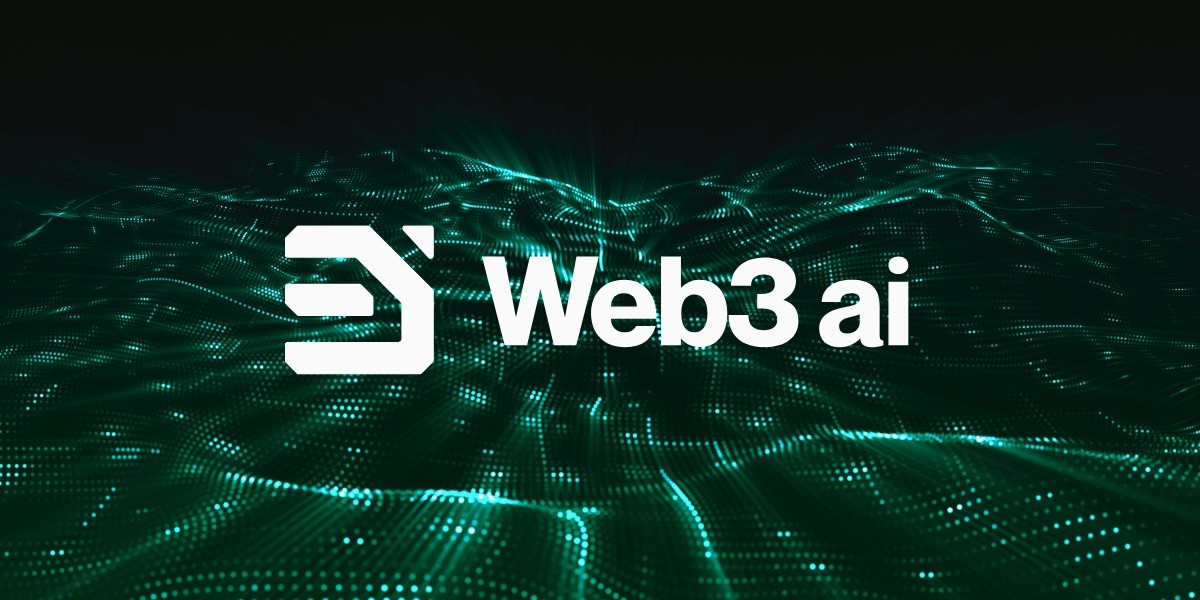The intersection of artificial intelligence (AI) and cryptocurrency is rapidly reshaping the digital financial landscape. As blockchain technology continues to evolve, AI crypto token is emerging as a powerful ally enhancing security, optimizing trading, and transforming data analysis. From algorithmic trading to fraud detection, here are six key ways AI is currently being used in the crypto space.
1. Algorithmic and High-Frequency Trading (HFT)
Moving ahead, one of the most widespread uses of AI in crypto is in algorithmic trading, where bots powered by machine learning make thousands of trades per second based on predictive models. These AI systems analyze massive volumes of data price movements, market sentiment, and historical patterns to identify profitable trades in real time.
High-frequency trading (HFT) strategies, often deployed by hedge funds and institutional investors, rely on AI’s ability to respond to market shifts within milliseconds. Unlike traditional human-led strategies, AI can execute split-second decisions without emotional bias, often leading to improved returns. Tools like CryptoHopper and 3Commas exemplify how retail investors can tap into AI-powered trading bots as well.
2. Sentiment Analysis and Social Media Monitoring
In the fast-moving world of crypto, market sentiment can shift with a single tweet. AI tools are now crucial in scanning and interpreting social media chatter, news headlines, and forum discussions to gauge public opinion on specific coins or projects.
Natural language processing (NLP), a subfield of AI, is used to analyze tweets, Reddit posts, and Telegram messages for bullish or bearish sentiment. This real-time analysis helps traders anticipate price fluctuations caused by sudden changes in public perception. Platforms like LunarCrush and Santiment use AI-driven sentiment metrics to give investors a clearer picture of the emotional drivers behind market behavior.
3. Fraud Detection and Anti-Money Laundering (AML)
Blockchain’s decentralized nature makes it both transparent and vulnerable. While every transaction is recorded, bad actors can still exploit the system using sophisticated techniques. AI is increasingly used to combat this by enhancing fraud detection and AML efforts.
Machine learning models are trained to recognize unusual patterns in transaction flows, such as layering, spoofing, or rapid transfers across wallets, which are hallmarks of illicit activity. AI can flag these anomalies for further human investigation or automatically freeze suspicious accounts. Companies like Chainalysis and CipherTrace have integrated AI into their blockchain analytics platforms, helping exchanges and regulators monitor and report questionable activity more efficiently.
4. Smart Contract Auditing and Security
Smart contracts self-executing agreements coded onto the blockchain—are central to DeFi (decentralized finance). However, coding flaws in these contracts have led to some of the most high-profile crypto hacks. AI is now being used to automate smart contract auditing and enhance cybersecurity.
AI tools can review thousands of lines of code in a fraction of the time it would take a human auditor. These systems detect vulnerabilities such as reentrancy bugs, logic flaws, or gas inefficiencies, significantly reducing the likelihood of exploits. Tools like OpenZeppelin Defender and CertiK’s Skynet use AI-powered code analysis to secure smart contracts before they go live.
5. Portfolio Management and Robo-Advisors
Crypto investors, especially newcomers, often struggle with the volatility of the market. AI-driven robo-advisors and portfolio management tools are stepping in to provide automated, personalized strategies.
These tools analyze user goals, risk tolerance, and market conditions to recommend optimal portfolio allocations. As the market evolves, AI dynamically rebalances portfolios, ensuring that investors maintain an appropriate level of exposure. Services like Shrimpy and TokenMetrics use AI to offer real-time investment advice tailored to individual preferences, democratizing access to professional-grade financial planning in the crypto space.
6. Blockchain Optimization and Predictive Analytics
Furthmore, AI isn’t just being used on the trading front, it’s also helping improve the infrastructure behind blockchain networks. Through predictive analytics and system optimization, AI can enhance scalability, reduce energy consumption, and prevent congestion.
For example, AI can forecast transaction volumes on blockchains like Ethereum or Solana and adjust validator or node behavior accordingly. This can prevent network slowdowns or spikes in gas fees. Additionally, AI models can suggest protocol updates or fork proposals based on evolving usage patterns, making blockchain governance more data-driven.
Final Thoughts
Coming to the end, AI and cryptocurrency are two of the most disruptive technologies of the 21st century, and their convergence is producing groundbreaking applications. As the crypto ecosystem matures, the role of AI will only deepen bringing more automation, intelligence, and security to an already transformative space.



